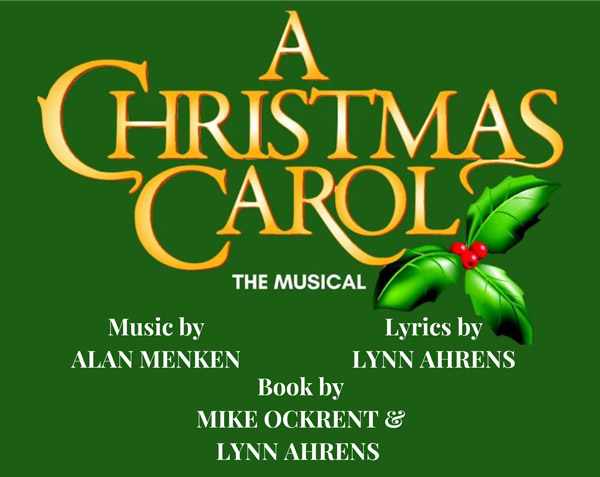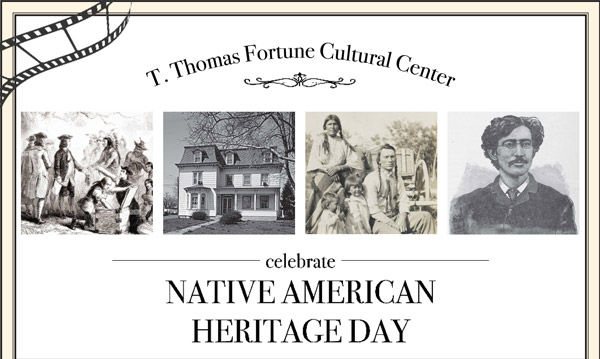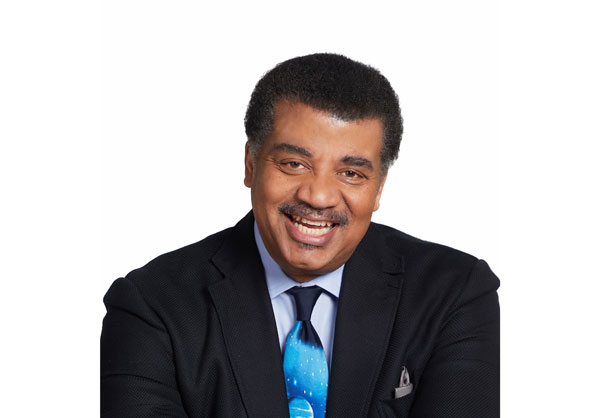By Christopher Benincasa, JerseyArts.com
originally published: 06/06/2017

Right now at Exhibit No. 9 gallery in Asbury Park, a photography show 40 years in the making, but never intended to be on display for an audience, is up through June 17th. The work of MaryAnn Vitiello ranges from portraits of the AIDS patients she has treated around the world as a nurse, to Cambodian landmine victims, to Asbury Park itself – her home since the early ‘90s. Beyond the urgency and tragedy found in her images, Vitiello says she is documenting miracles, and that, for her, it has been a “tremendous privilege.”
Culture Vultures: You are a veteran nurse – were you always an artist, too? Always a photographer?
MaryAnn Vitiello: No. I never thought of myself as an artist. I did start out as a music major when I first started college, and then went into nursing. I always liked taking pictures – starting when I was a teenager – but none of the pictures in this show were ever meant to be shown.
CV: You worked as an AIDS Nurse in Africa, and many other places. How did you end up in that part of the world doing that job?
MV: Why I got into the field was that I was concerned about the people who were coming down with this unnamed syndrome of symptoms. In the early ‘80s, the populations being affected the most were injection drug users, gay men, the Haitian community and some other marginalized groups. At the time this started happening, I had been a nurse for about 10 years.
As a nurse, I was concerned about this epidemic, and as a gay person I was really concerned that what they were initially calling “the gay plague,” GRID, was not getting any rapid response from the government – and thousands of people were dying. So, that’s what drew me to the work. I was doing volunteer work in Ocean County, NJ, and then I had the opportunity to work in one of the first AIDS clinical trial units in Newark, at Robert Wood Johnson Hospital, which provided experimental anti-retroviral therapy. That was around 1987.

CV: There are photos in this show that you took in Africa, Cambodia, India, China, Peru, Ethopia, Australia and Tibet. Were you working in all those countries?
MV: Most of them, yes. But some were just trips I took on my own – like India, Jordan, Cambodia.
CV: A photo-documentary body of work like yours is a concept we’re more used to seeing now because of social media – Instagram in particular – but, in your case, obviously, you didn’t have to manufacture an interesting life, or interesting travels abroad – and you weren’t looking for attention, let alone getting paid. I think that makes these photographs really unique.
MV: Yes, these days everybody documents their life and shares the images – their kids, vacations, whatever. I made these photographs for a variety of reasons – often simply because I was working in harsh conditions, no electricity, no running water, not many pleasant diversions – and so I would just go out with my camera.
When I was teaching I didn’t always have a very good mastery of the language that was spoken in the country I was in. I found that images, photographs, were really useful. I would use my own photographs of, for example, how to listen to a fetal heart rate the right way with a stethoscope. Many of the places I worked in were resource-limited environments, meaning we didn’t have a lot of technical stuff, we often didn’t have internet access – and so my camera became a very practical, versatile tool.

CV: One of the most shocking images in your show is a photo of heroin being injected into a wrist – it’s titled “Injection.” Taking that would make most people squeamish, but I guess that’s one of the main things you’re forced to get over in nursing school. That sort of brave-ness must come in handy for you when taking photos in some of the situations you’ve found yourself in.
MV: Well, that shot obviously makes a harsh statement, but it also projects the reality of what’s happening, and for people who don’t have or want access to that reality, it’s important – especially if those people are lawmakers or lobbyists, or if they are in other kinds of influential positions – that they understand what it looks like, that this is not very pretty. It’s like the old saying: A picture is worth a thousand words. Photography can be a teaching tool, and it can lead to action.
CV: Those two photos of the Syrian refugee crisis come to mind – the drowned child, Alan Kurdi, on the beach, and the wounded boy in the ambulance covered in blood and dust.
MV: Yes, exactly, those are really good examples. That child on the beach – the world saw that. And once you see something like that you can’t un-see it. It leaves a visual imprint on your soul.
CV: Were there times when you felt like a combat journalist?
MV: I guess sometimes I did. We call that, at least in my business, “real time” – when you’re out there in situations that have an urgency to them. The patients are lined up morning, noon, and night – it never really stops, and it can start feeling like that.
Many of my heroes are war photographers and documentarians who work in environments where you have to be really fast – there’s no time to get highly technical – you have to be fast because things are just happening really fast. That’s how you get the images. In situations that were very rough, in which people were very, very sick – usually not a time for taking photos – I would try to explain that these images could do some good down the road.

CV: After 40 years of working as a nurse and creating all of these pictures, do you dwell on the “why?” much? Especially since you didn’t consider yourself to be a professional artist?
MV: I never really dwelled on things like that while I was working or taking the photos, but of course I’ve had moments that demanded reflection. It’s interesting – it’s a balance between not thinking too much about it and over-thinking it. Certainly, at the beginning of the AIDS pandemic, there was no time. I had more than I could handle, and I was just working, working, working and then getting up the next day and doing it again – it was a frontline mentality.
CV: Since you weren’t out there shopping your work around, hoping for a big break as an artist, how did “Resilience” come together?
MV: Right – it was the polar opposite of that. I retired, and I say that loosely because nurses never really retire – we just, like, die at the end. But when I stopped working for the Department of Global Health in Seattle in 2013, I finally had the time to go through and digitize 40 years of photos so they could be seen – and for my kids and grandkids to see.
And so I started working on that about three years ago, without ever planning on having a show like this. But I started getting feedback, and it just took on a life of its own, and Exhibit No. 9 got involved and there you go – some things are just supposed to happen. I’m still getting used to people referring to me as “the artist.”
CV: You’re originally from Brooklyn and moved to Asbury Park in the early ‘90s, well before the revitalization of the town. You’ve built a life here, and Asbury Park is the subject of many of your photos.
MV: Living in the community I was working in was something I wanted to do. At first, we ran a health center out of an old shoe store. And then we ran one in the basement of a church.
 CV: Asbury Park was really affected by the AIDS crisis, and that impact was at its peak when you moved in. Could you talk a little bit about that?
CV: Asbury Park was really affected by the AIDS crisis, and that impact was at its peak when you moved in. Could you talk a little bit about that?
MV: To put it in perspective, Asbury Park is a 1.7 square mile town and it received a tremendous amount of federal funding to combat the AIDS crisis. It was hit hard for a variety of reasons – it had a marginalized population, and an undocumented population. There were many people here who were injection drug users. It was a hot spot for sex workers. And at that time – the early ‘90s – it was a medically underserved area. So, all the ingredients for HIV infection were here at that time. And that’s why Asbury Park received federal grants for prevention and treatment. And that’s why I came here in 1991 – to work within the federal program.
CV: And that photo of the heroin injection fits into this, right? That was taken in Asbury Park?
MV: Yes – we used my photos as support material in our requests for funding. It helped put a spotlight on what was happening here. Unlike now, back then Asbury was not a place that people visited. There are about 20 images in this exhibit that show what Asbury Park looked like back then. It was important to me to get these images in front of the people who were making the decisions – political and financial decisions. So, that’s where the photographs made a difference. We had been turned down at first. We showed them my photos, and it helped. And that was the beginning of the Prevention Resource Network, which is still viable today.
CV: Are any of your photographs hard for you to look at?
MV: Yes, there are a couple that stand out like that. Most of the people in these photographs are gone – if not all. And they died early deaths. And that’s very sad – but they’re living on to deliver a message.
CV: Of course, the theme of your work, at least in the photos selected for this 40-year retrospective, is resilience. That’s what you see in all this.
MV: It’s the emotional and spiritual resilience of people under the burden of circumstance. You don’t know how strong you are until strong is your only option. Resilience doesn’t necessarily mean survival – it’s doing the best you can do, no matter what the outcome is.
CV: You’ve talked about witnessing spiritual experiences while doing your work. Would you tell me about that?
MV: To witness another human being navigate a life-threatening illness is actually a privilege. Not everybody gets to do that. Not everybody wants to do that. For those of us who do – that’s a tremendous privilege. It’s a miraculous opportunity to grow.
“Resilience”
MaryAnn Vitiello
May 27 – June 17
Schedule of events:
Artist Talk: Thursday, June 08, 7-9pm
Closing Celebration: Saturday, June 17, 6-10pm
A portion of the sales are donated to Social Justice Program at Trinity Church, Asbury Park, NJ and the QSpot LGBT Community Center, Ocean Grove, NJ.
About the author: Christopher Benincasa is an Emmy Award-winning arts and culture journalist. He produced content for NJ PBS for a decade before co-founding PCK Media. Christopher currently works as a freelance producer, video editor, writer, and communications specialist for a diverse set of commercial, non-profit, and government clients. His work has been featured on various PBS stations, and in American Abstract Artists Journal, The Structurist, Paterson Literary Review, and JerseyArts.com.
Content provided by
Discover Jersey Arts, a project of the ArtPride New Jersey Foundation and New Jersey State Council on the Arts.
FEATURED EVENTS
Narrow results by date, categories, or region of New Jersey.
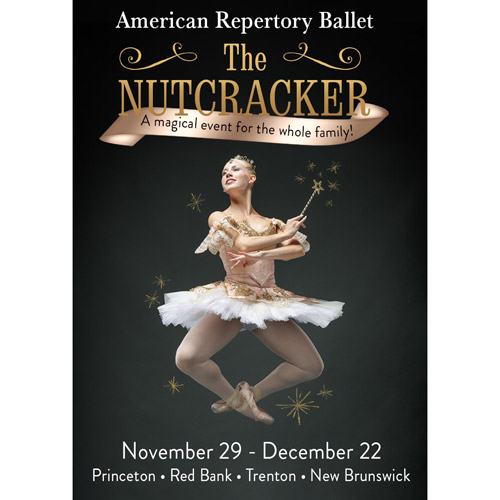
American Repertory Ballet's THE NUTCRACKER
Friday, November 29, 2024 @ 7:00pm
McCarter Theatre Center
91 University Place, Princeton, NJ 08540
category: dance
View event page for full information

American Repertory Ballet's THE NUTCRACKER
Friday, November 29, 2024 @ 2:00pm
McCarter Theatre Center
91 University Place, Princeton, NJ 08540
category: dance
View event page for full information
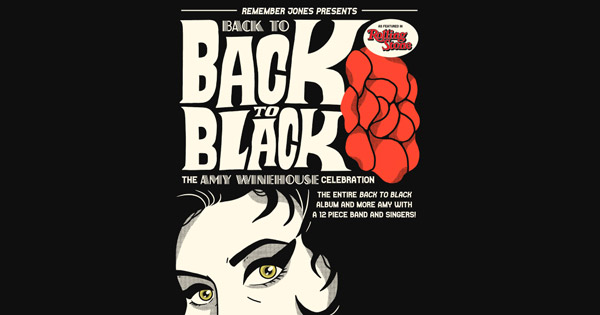
Remember Jones Presents back to BACK TO BLACK: the Amy Winehouse Celebration
Friday, November 29, 2024 @ 7:30pm
The Vogel
99 Monmouth Street, Red Bank, NJ 07701
category: music
View event page for full information
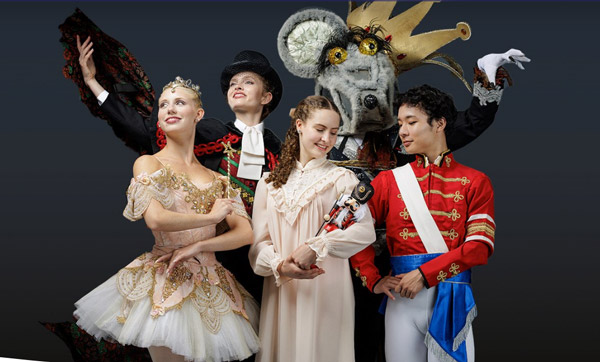
American Repertory Ballet Presents "The Nutcracker"
Friday, November 29, 2024 @ 7:00pm
McCarter Theatre Center (Matthews Theatre)
91 University Place, Princeton, NJ 08540
category: dance
View event page for full information

American Repertory Ballet Presents "The Nutcracker"
Friday, November 29, 2024 @ 2:00pm
McCarter Theatre Center (Matthews Theatre)
91 University Place, Princeton, NJ 08540
category: dance
View event page for full information
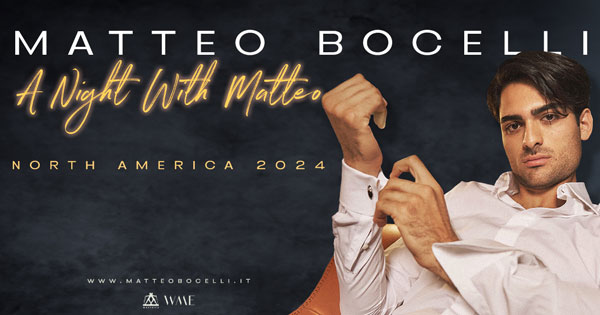
Matteo Bocelli – A Night with Matteo
Friday, November 29, 2024 @ 8:00pm
Count Basie Center for the Arts
99 Monmouth Street, Red Bank, NJ 07701
category: music
View event page for full information
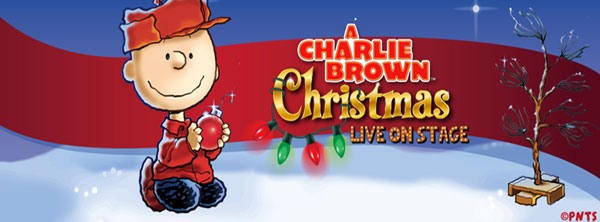
A Charlie Brown Christmas: Live on Stage
Friday, November 29, 2024 @ 5:00pm
Mayo Performing Arts Center (MPAC)
100 South Street, Morristown, NJ 07960
category: kids
View event page for full information

A Charlie Brown Christmas: Live on Stage
Friday, November 29, 2024 @ 2:00pm
Mayo Performing Arts Center (MPAC)
100 South Street, Morristown, NJ 07960
category: kids
View event page for full information

Anthony Rodia
Friday, November 29, 2024 @ 8:00pm
Bergen Performing Arts Center (bergenPAC)
30 North Van Brunt Street, Englewood, NJ 07631
category: comedy
View event page for full information
More events
Event Listings are available for $10 and included with our banner ad packages
EVENT PREVIEWS

Mile Square Theatre presents the World Premiere of "The Christmas Show Must Go On"
(HOBOKEN, NJ) -- Mile Square Theatre presents the World Premiere of The Christmas Show Must Go On by Pia Wilson from November 29 through December 15, 2024. This is a new classic tale for Christmas! The fairies in the Christmas Realm have been losing their power and the Christmas ghosts may all be leaving the realm to become Halloween ghosts. Can the Christmas Fairy welcome humans to the show for the first time ever, stop the ghosts from defecting, and make the annual Christmas Show happen?
UPCOMING EVENTS
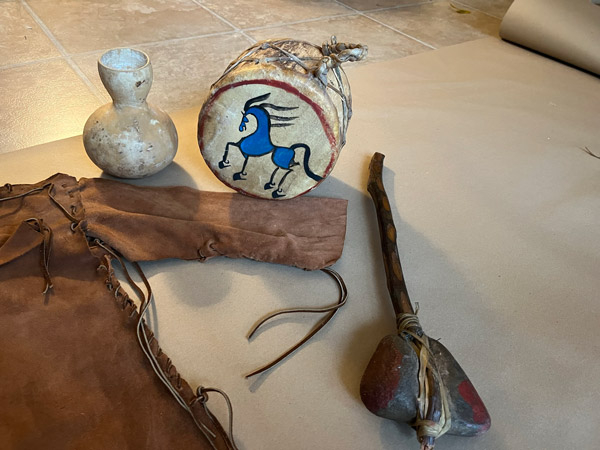
South Jersey's Indigenous Communities Celebrated in New A.C. Arts Garage Exhibit
(ATLANTIC CITY, NJ) -- A new exhibit at the Noyes Arts Garage of Stockton University will celebrate two southern New Jersey tribal communities through the display of historical documents, traditional artifacts and contemporary art. "Still Here: The Nanticoke Lenni-Lenape and Powhatan-Renape Nations of Southern New Jersey" opens October 9 and runs until January 5, 2025.






 CV: Asbury Park was really affected by the AIDS crisis, and that impact was at its peak when you moved in. Could you talk a little bit about that?
CV: Asbury Park was really affected by the AIDS crisis, and that impact was at its peak when you moved in. Could you talk a little bit about that?






